What are DNS records?
DNS (Domain Name System) records are what keep the Internet running the way consumers expect, and new records are added as our needs grow. They are what makes a domain name like ns1.com point to the IP address of a web server like 104.131.238.165. We need the DNS system and its records to keep the Internet running and connected. A, AAAA, CNAME, and TXT records are just a few of the types of records your domains can use, but what do they do?
Common types of records
DNS A
and AAAA
The most common DNS record used, the A record simply points a domain to an IPv4 address, such as 11.22.33.44. To set up an A record on your domain, all you’ll need is an IP address to point it to.
A blank record (sometimes seen as the ‘@’ record) points your primary domain to a server. You can also configure subdomains to point to other IP addresses, if you run multiple web servers. Finally, a wildcard record, usually displayed as ‘*’ or ‘*.yourdomain.com’, acts as a general record, redirecting every subdomain you haven’t defined elsewhere to an IP address.
AAAA records work in exactly the same way as A records, except that they point to an IPv6 address, which looks like FE80::0202:B3FF:FE1E:8329.
CNAME, DNAME, and ALIAS
records
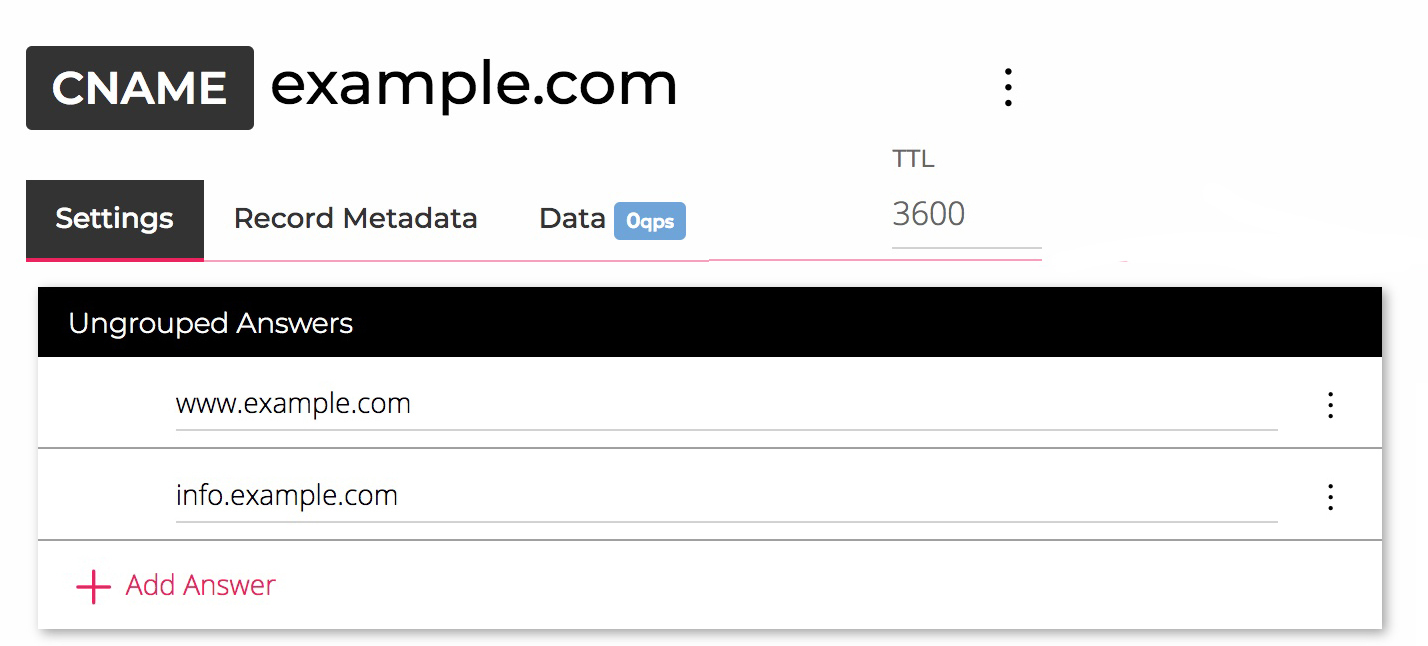
DNS CNAME records are most commonly used to link a subdomain to a domain’s A or AAAA record, rather than creating 2A records. For example, you could link blog.example.com with a CNAME record to an A record set to example.com, and both would point to the same server. Additionally, if you change the A record in example.com, all CNAME records that point to it will be updated to the new server. One limitation of CNAME records is that they can only be placed on subdomains, such as blog.example.com, but not on the root domain, example.com.
DNAME records essentially create a CNAME record for each subdomain of one domain and point it to another. For example, a DNAME in domain.com pointed to example.com will link blog.domain.com to blog.example.com, www.domain.com to www.example.com, a.b.c.d.domain.com to a.b.c.d.example.com, and so on. However, it will not link domain.com to example.com, you would need to use an A, AAAA, or ALIAS record for that purpose.
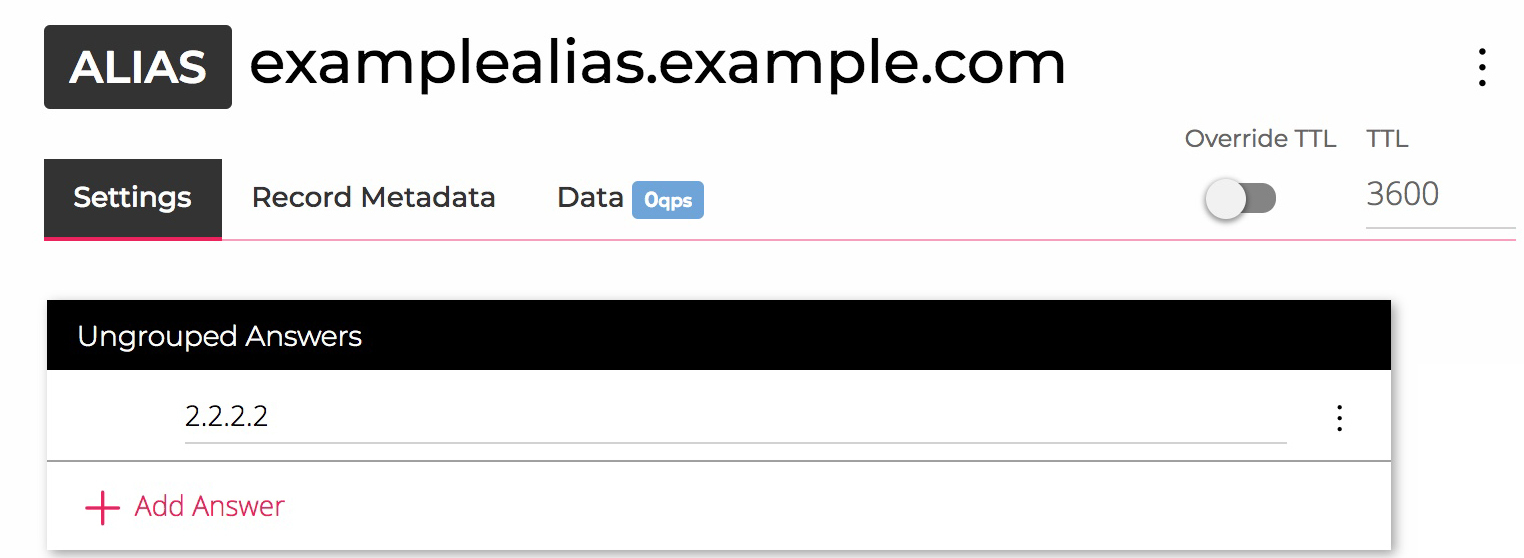
The ALIAS record is an NS1-specific record that works just like the CNAME record, except that it can be placed in the root domain (example.com), not just subdomains. This allows you to link another domain you own, for example, domain.com to an A record on another domain, such as example.com. Updating the A record in example.com will change where domain.com points.
Records
AFSDB
records are used to connect domain names to AFS servers, AFS being a network file system, similar to NFS but better suited to handle the latency of wide area networks, such as the Internet, and local cache files. The AFSDB record is key to this operation, providing the location to the file database.
Note: This log is experimental and is not recognized by all services, and not all name servers recognize or implement it. In addition, it is being depreciated by the SRV registry in the future.
CAA records
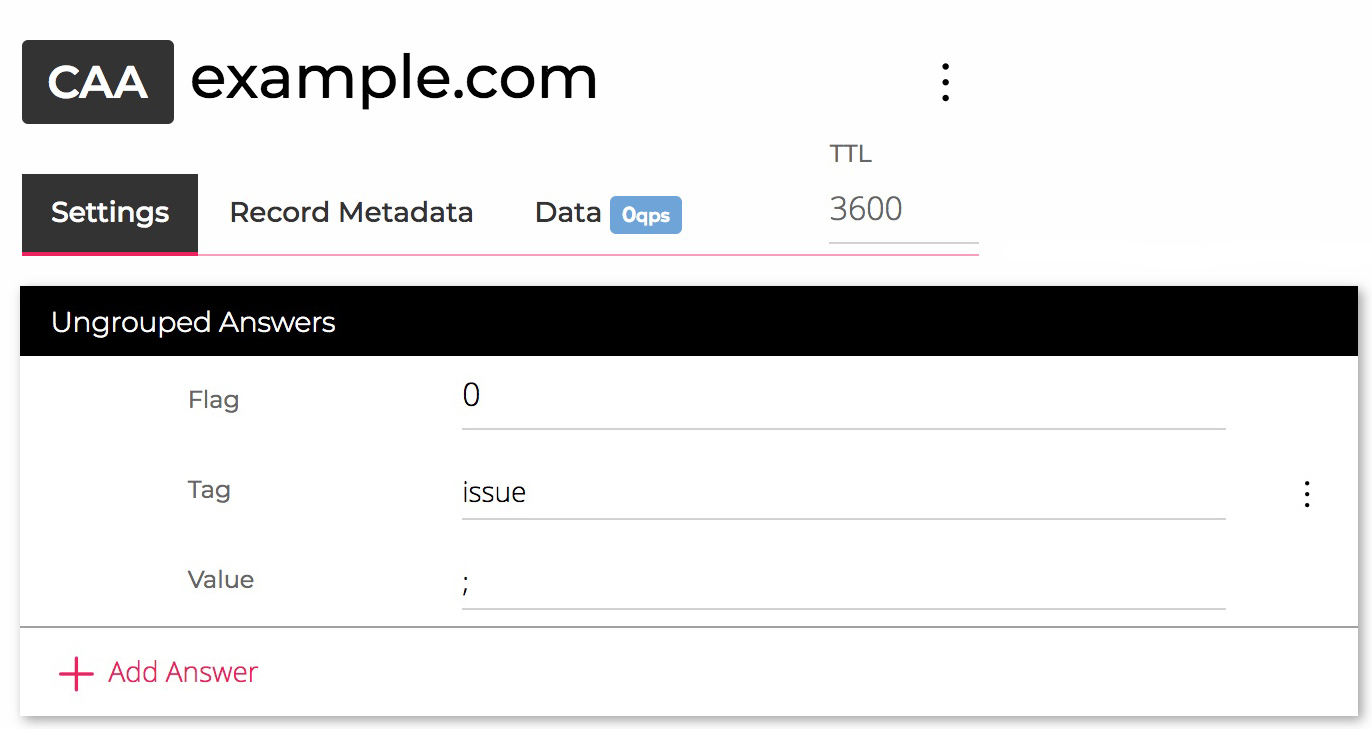
A
CAA
record
is a special type of DNS record (think TXT or CERT) that allows domain owners to authorize specific third-party providers to issue SSL certificates on behalf of their domains. This requires CAs to check for the presence of a CAA record and, if one is found, verify that they are authorized before issuing certificates for this domain. If there is no CAA record, the CA can issue a certificate for the domain.
CERT records

CERT resource records
are used to store certificates in DNS. Part of sensitive content encryption involves verifying the authenticity of the sending and receiving parties. DNS CERT records store and provide that information.
HINFO records
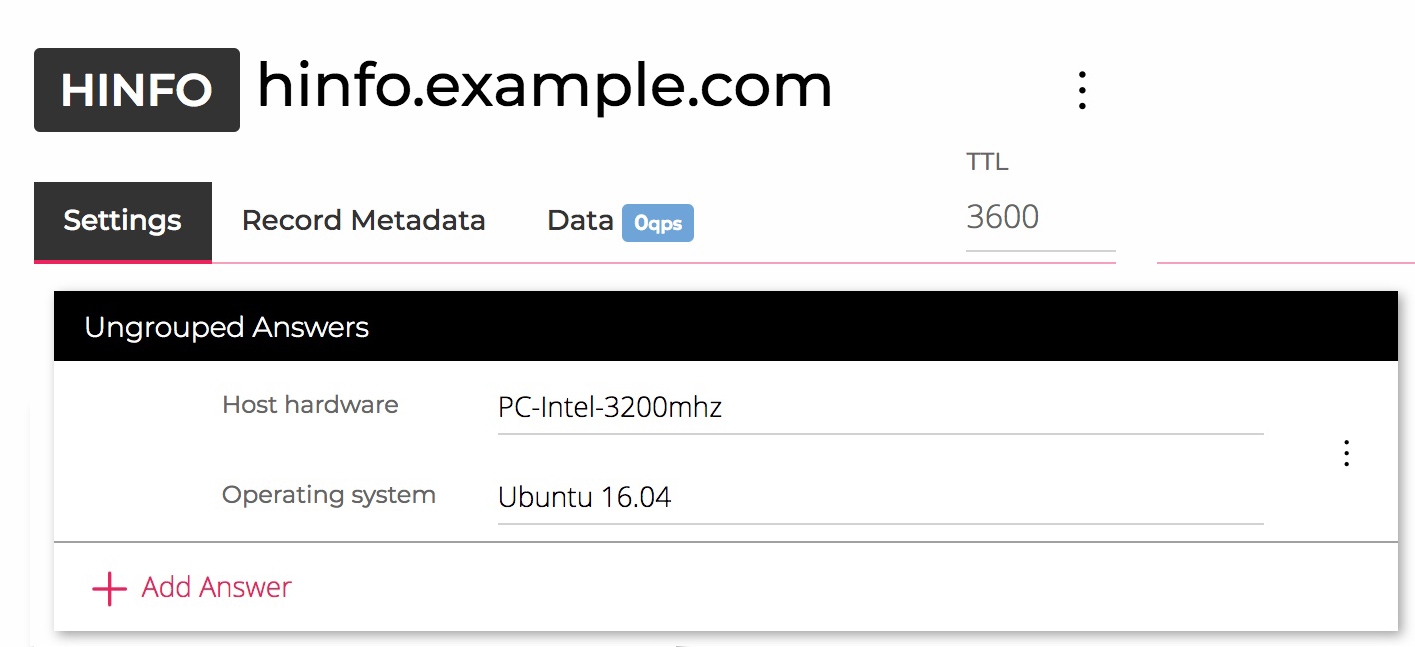
HINFO
records
simply define the specifications and operating system of the computer behind an email. For example, if example.com were running Ubuntu 16.04 with a 3.2 GHz Intel CPU, you could enter “PC-Intel-3200mhz” and “Ubuntu 16.04” in the Hardware and OS fields, respectively. This log is used by some services such as FTP to determine special procedures to use when connecting to known server configurations.
MX records
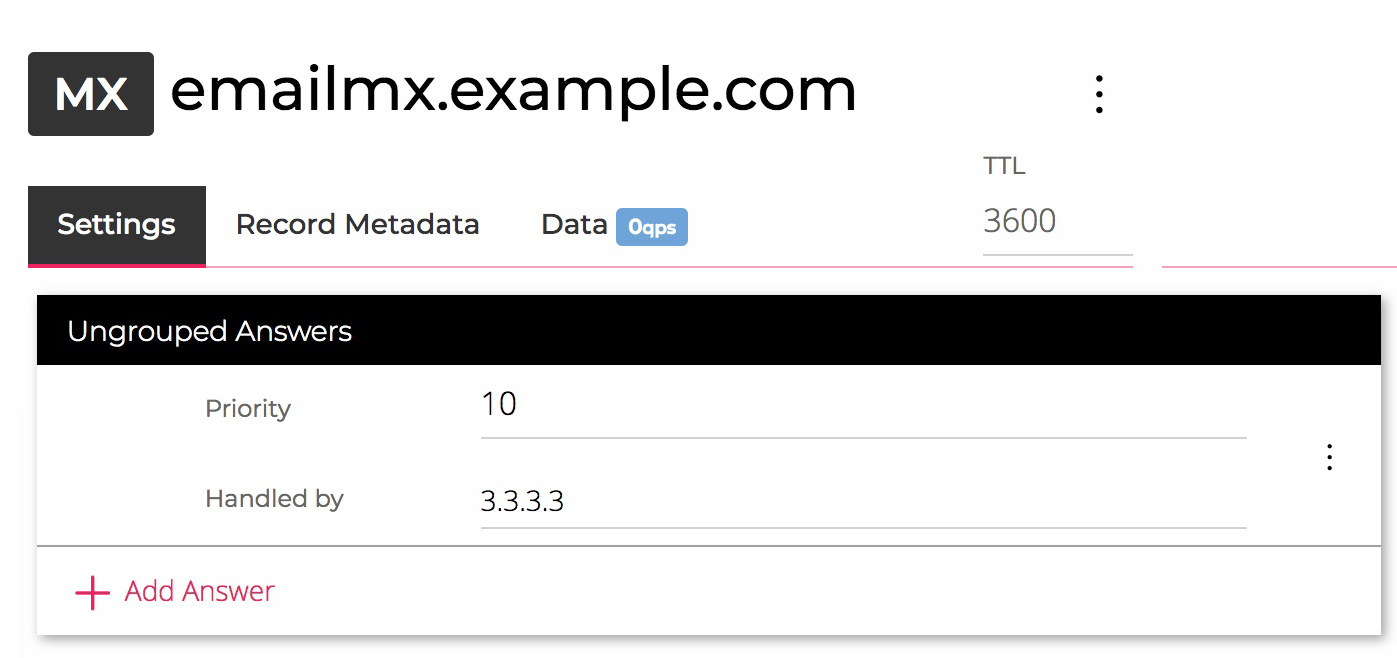
MX or mail exchanger records are used to route emails sent to your domain. MX Records, along with a mail server can provide you and your employees, customers, etc. with emails on your own domain as [email protected] You can also add multiple MX records with different redundancy priorities, if you have multiple mail servers configured.
NAPTR records
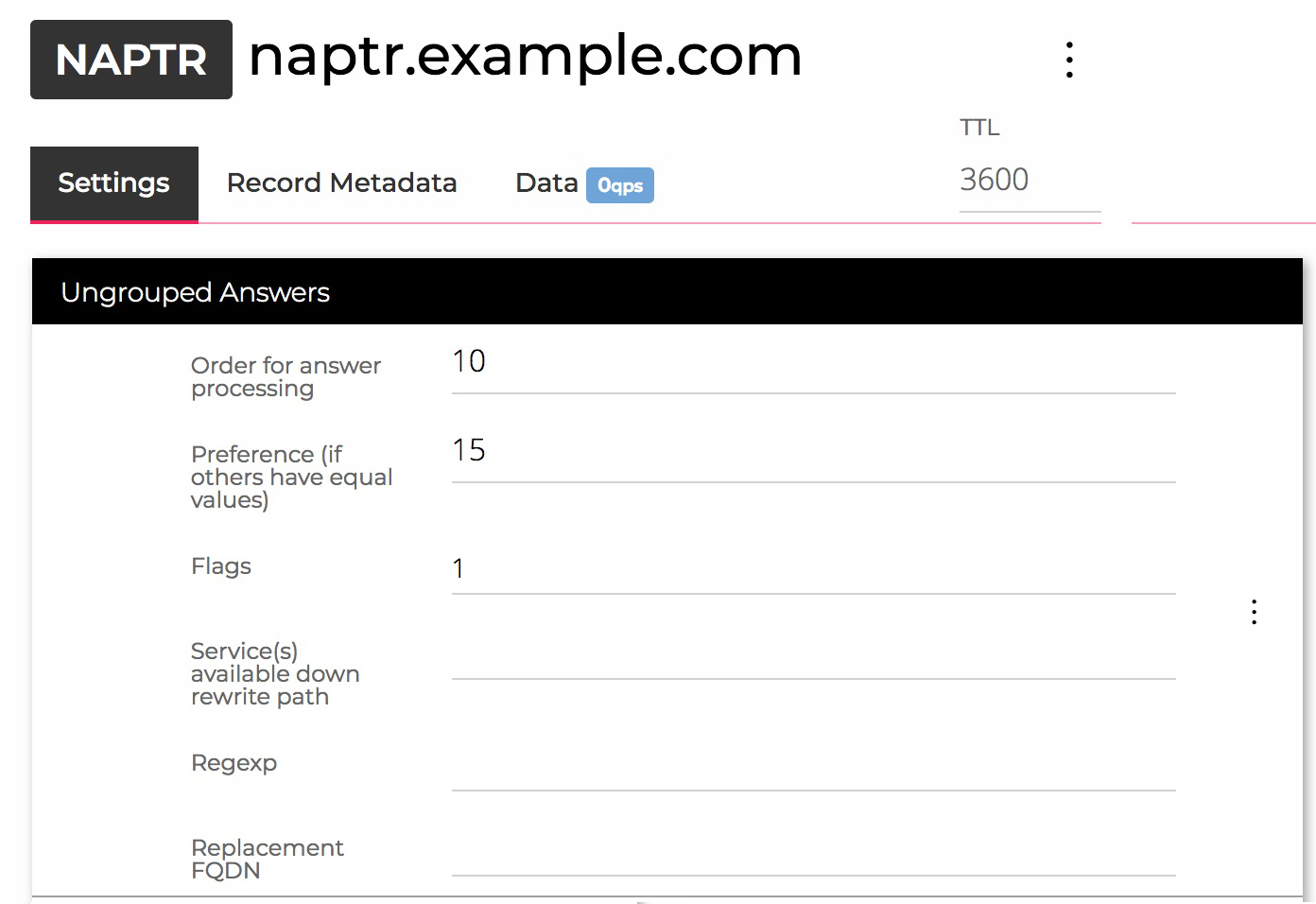
NAPTR
records
are most commonly used with Internet telephony (or VoIP) services. It can be used to assign phone numbers and email addresses for VoIP users to SIP servers through SRV records to initiate calls.
NS records
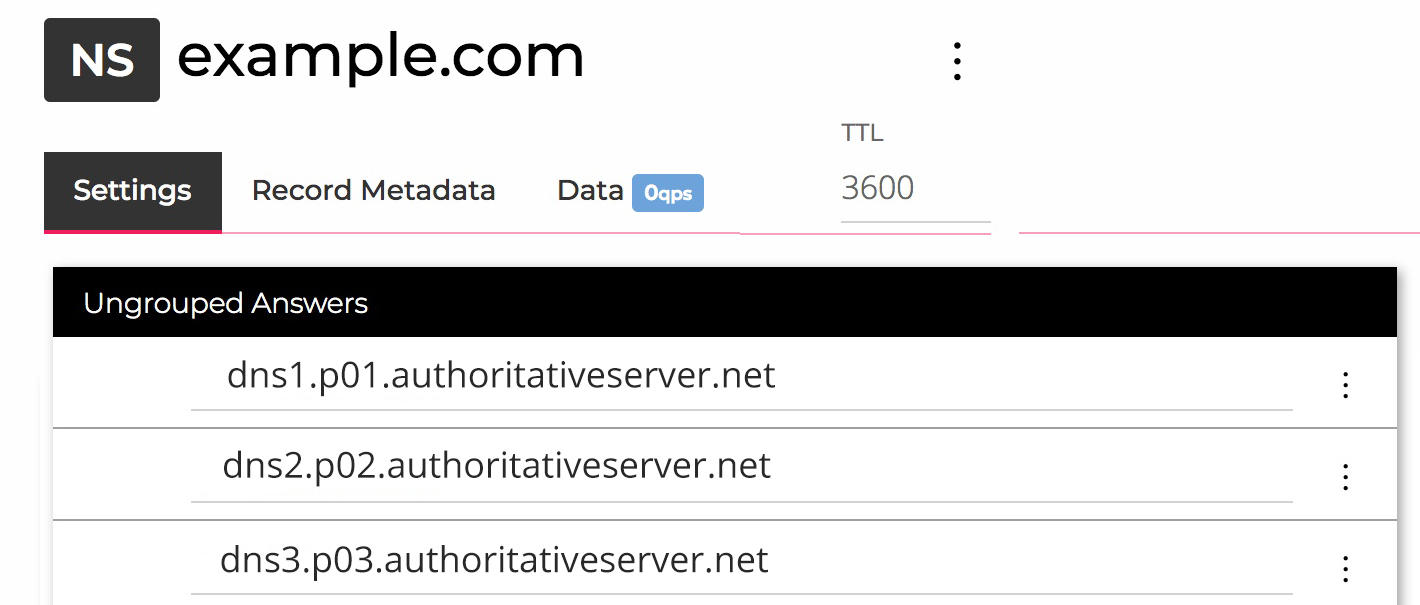
NS records
are typically established with your registrar and used to delegate a domain or subdomain to a set of name servers. Name servers, such as NS1, contain all the other DNS records for your domain and tell all other computers connected to the Internet which records your domain contains. Therefore, establishing the NS record is a very important part of bringing your domains and servers online.
PTR
records
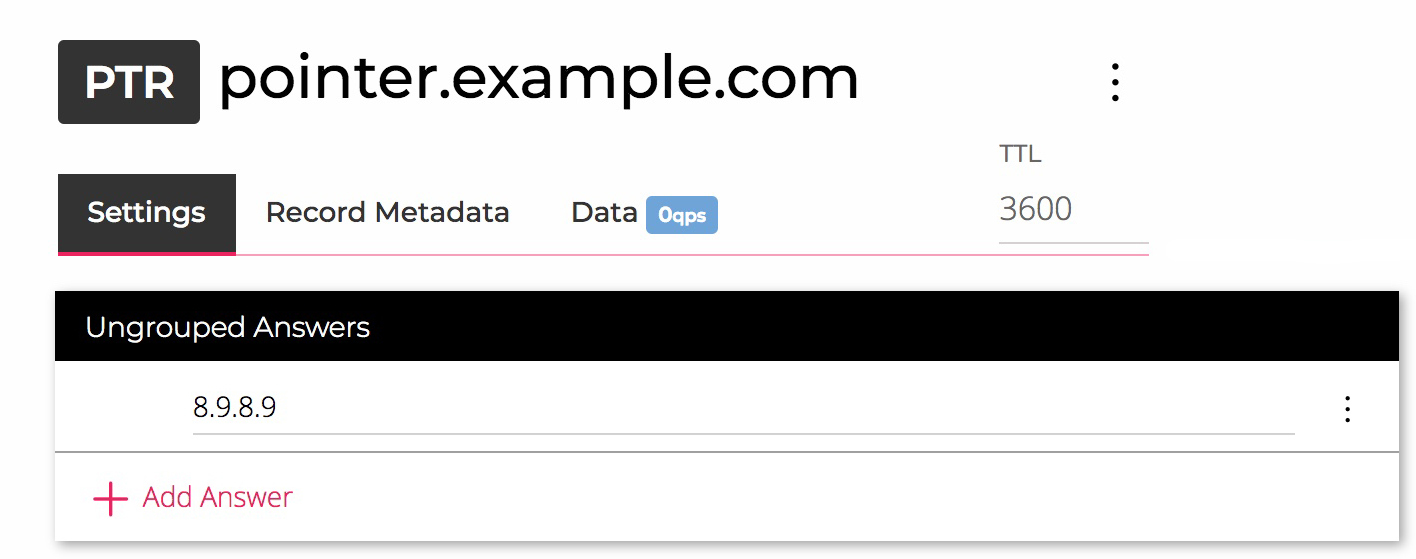
PTR or pointer records are usually described as the opposite of an A record. While A-records point the domain to an IP address, a PTR record points an IP to a domain. This is commonly used as spam checking with certain email programs to confirm that a mail server is actually authorized to use the domain the email is coming from. PTR records usually have to be defined by the owner of your server’s IP address, usually your server’s hosts. Many hosting companies will set this up for you when you set up a server.
SPF records

SPF records
are used for email verification, to prevent your domain name from being used by spammers or malicious users. Simply creating an SPF record on your primary domain with the content: v = spf1 ip4: 11.11.11.11.11 a -all (replacing 11.11.11.11 with the IP address of your mail server) will tell email recipients that your mail server is the only server authorized to send emails from your domain, and all emails received from another server should be rejected or marked as spam. If you have multiple mail servers, you can add another ip4:x.x.x.x after the previous one to allow another IP address.
Note: SPF registration is still supported, but should not be used in new installations. Creating a TXT record with the same content used with previous SPF records is the new standard. Typically, mail servers will define both an SPF and a TXT record for maximum compatibility.
SRV records
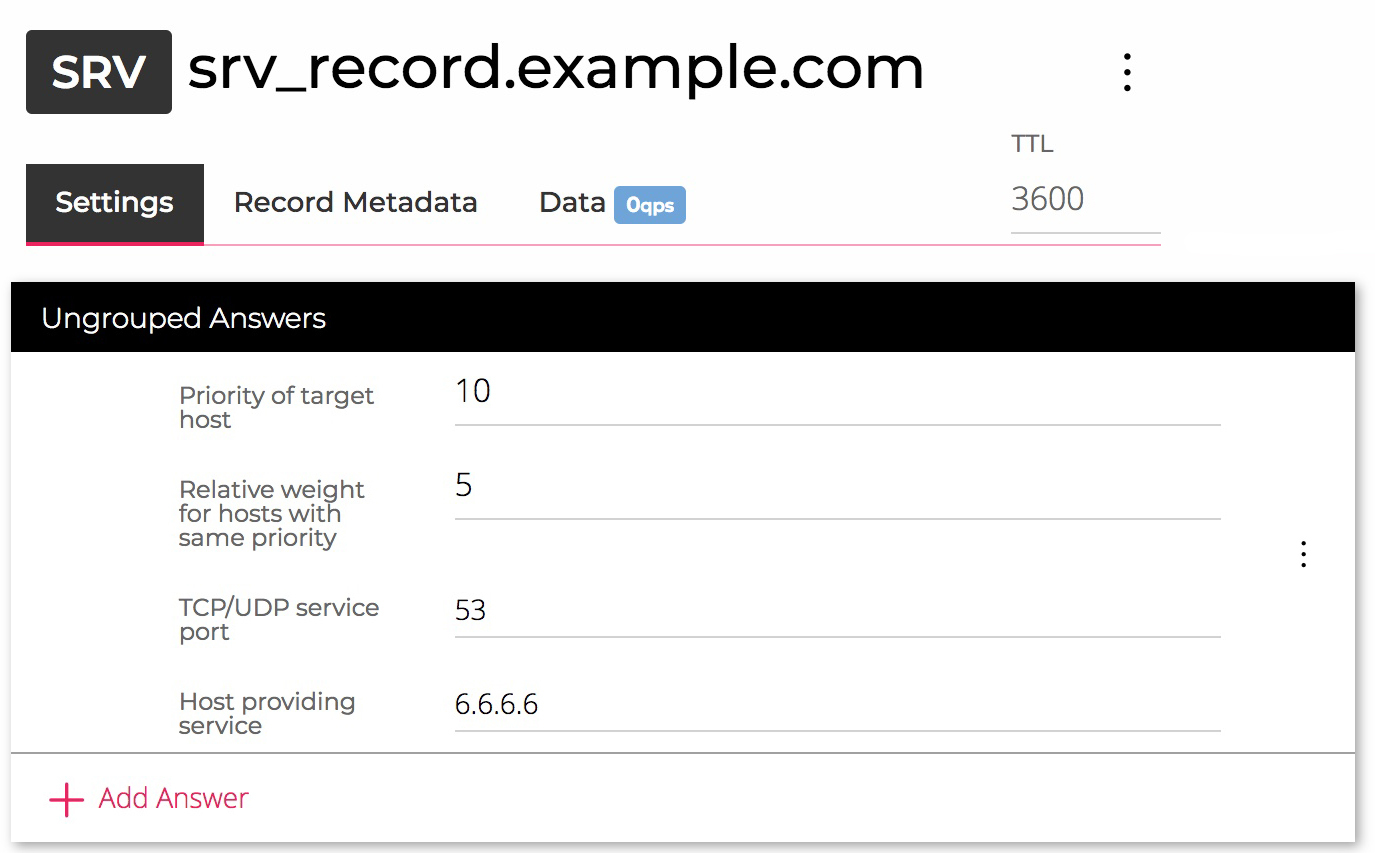
SRV
,
or service records, define the location of certain services, commonly SIP and XMPP (chat) servers. Allows you to define a port and host name for a service that applications can use to connect to it.
TXT records
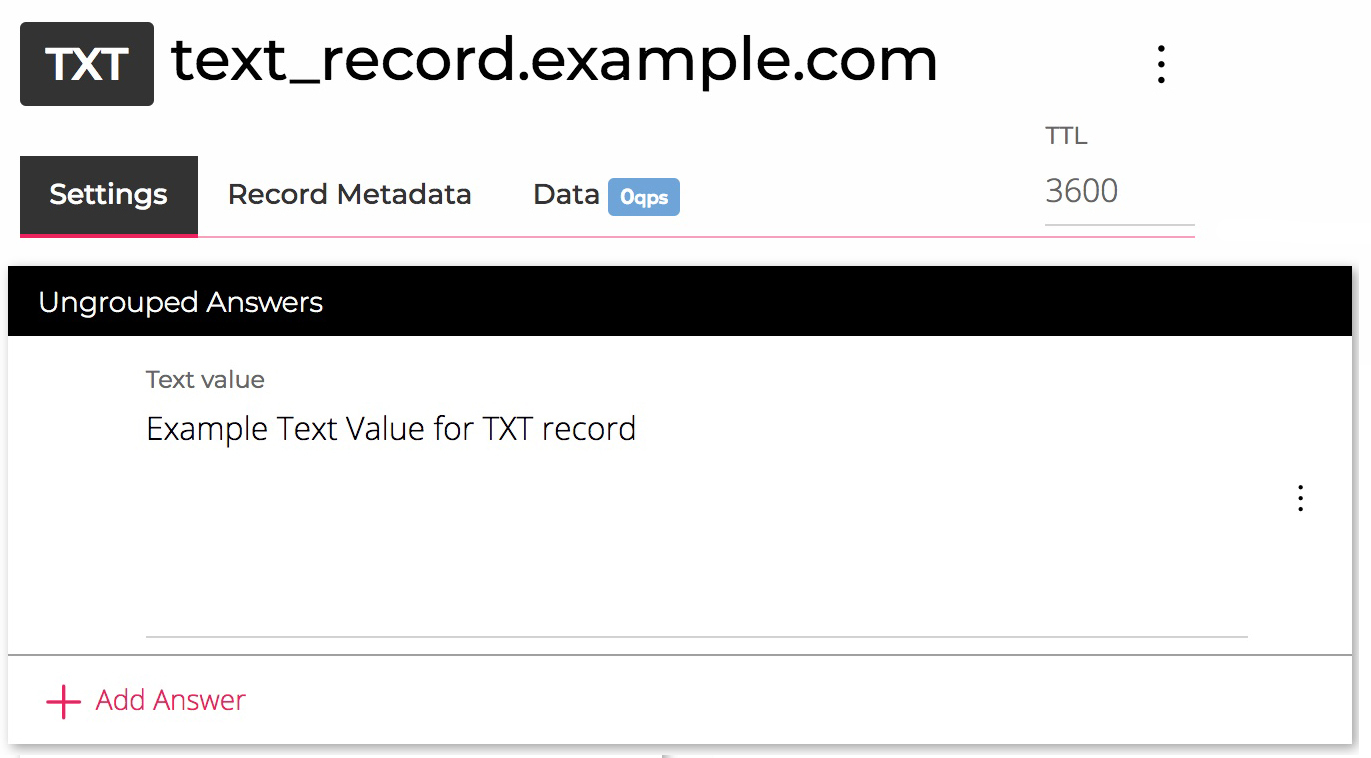
TXT
Records allow you to contain any textual information about a domain or subdomain. Applications can use this to check information about a service you are running, typically SPF, DomainKeys, and DKIM records (two other email verification processes). Use with SPF can be read above in the SPF Records section. TXT records can contain any information up to 255 characters.
SummaryIn general, there are many DNS records to meet your system’s needs, and they are added and expanded more all the time as our internet usage grows. These logs, maintained on various name servers around the world, are what allow us to surf the Internet as easily as we do today, and must be set up by any serious business on a reliable network.
NS1 Connect supports a wide variety of DNS records. Learn how to create and manage DNS records using NS1 authoritative DNS services.

